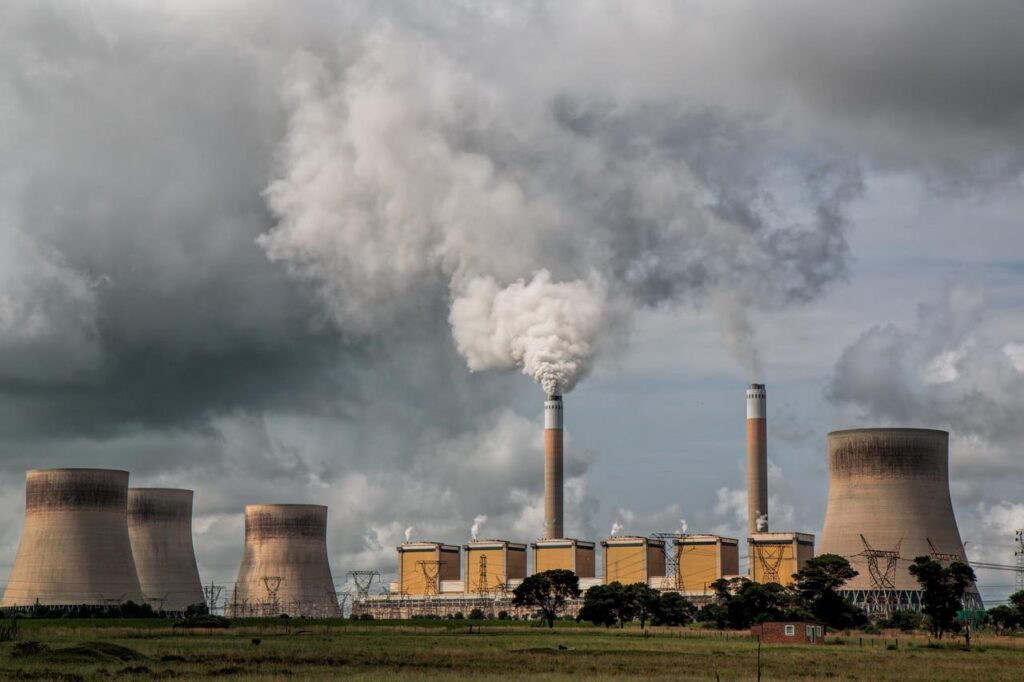Carbon Capture Is The Key To Cleaner Air?
The science is irrefutable, climate change is here, but carbon capture could be the key to cleaner air and saving the environment.
This article is more than 2 years old

Climate change, and its impact on the environment, has become an increasingly growing concern. Worldwide, its effects are more evident than ever. From bleaching coral to raging wildfires and flooded terrain impacted by consistently rising sea levels, natural disasters have now become commonplace. It took quite a long time, but the world is finally responding. Countries have put pledges in place with the goal of reducing climate change-contributing carbon dioxide-rich emissions both on a domestic and global level. These pledges include commitments to investing in renewable energy sources and decreasing dependency on fossil fuels. However, scientists are warning that those efforts may fall far short. However, there is a new technology emerging that may have the potential to have a greater impact on thwarting the effects of climate change. It’s called carbon capture.
Carbon capture is essentially the process of removing excess carbon dioxide from the air. Companies like Apple and Google have already recognized the potential in technologies such as this and have made steep investments in developing the technology that will facilitate it. This carbon dioxide removal strategy arose out of the realization that the world has responded too late to address the emerging climate crisis. According to NPR, the international climate assessment believes that current global country-specific pledges (if they are upheld) will not be enough to stop the Earth from enduring the increasingly dire effects of climate change.
So how will carbon capture actually work? And if it’s employed on a wide scale how effective will it be in combating climate change? Essentially carbon capture will theoretically work by using machine-based technologies to literally vacuum excess carbon out of the air and then lock it away in a place it can no longer infect the atmosphere. That sounds great, right? Just vacuum the carbon dioxide we don’t need and put it away in a permanent vault. Unfortunately, it’s not that simple. First, the technologies needed to do this are still very young (hence the investments by Google and Apple). Second. This technology would not serve as a cure-all. It would mainly enhance the climate change-stopping efforts that are currently in place. However, if it is done, and done successfully, then it could make a real dent in the future health of the environment.
So why is carbon capture an aid and not a cure-all? Primarily, because it will not serve to negate the fossil fuel industry’s new emissions. It can only help to remove the excess carbon dioxide that has been percolating in the air. The good news though, is that if these fossil-fuel-focused companies can adopt the carbon capture technology to trap emissions before they reach the atmosphere, then the tech could prevent an immense amount of excess carbon dioxide from negatively impacting the atmosphere.
Ultimately, preliminary evidence suggests that carbon capture could become an exceedingly useful tool in helping to combat climate change’s disastrous effects. However, there is still a long way to go and a lot of fiscal roadblocks to combat before technology such as that can be safely and effectively employed.



